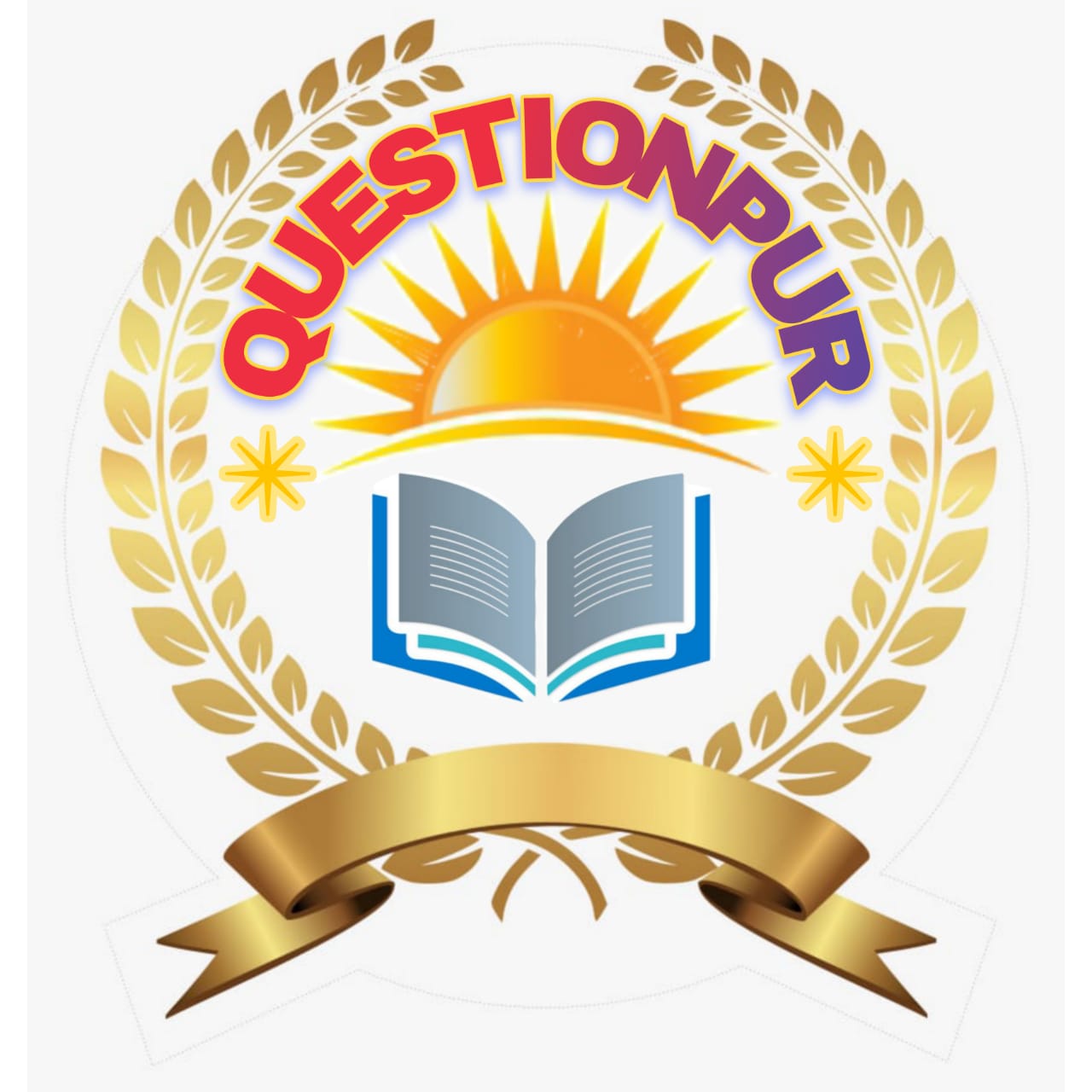What Is a Lyric? Origin, Characteristics & Special Features
Lyric, a wing of poetry, has Greek origin and was sung by a single voice in the accompaniment of a musical instrument, the lyre. It is also called choric song which was intended for collective singing. Based on Greek origin, the lyric has two characteristics
First- it is the expression of a single emotion
Second - it is full of musical composition
In the past, the music produced by the minstrel's harp or lyre was given a musical touch by the voice of the singer who always kept himself in tune with the song. The subject matter of the lyric was of very little importance, so long as the singers " voice could give it the right emotional effect.
In the years that came the rhythmic possibilities of the words, assisted by the music, were discovered. The lyrics are best known for their music and melodies of the verse. The vowels as well as consonants are very artistically arranged in it. The lyric flourished in the hands of Keats, Shelley and Tennyson.
The given lines are full of musical effects.
" Q hark, Q hear! how thin and clear. And thinner, clearer, farther going!
O sweet and for from cliff and scar,
The horns of Elfland faintly blowing! "
The chief subject matter of a lyric is that it gives vent to a person's single emotion. It appeals more to heart than to the intellect, or we can say that it appeals to the intellect via the heart.
The lyric is not very long because the poet does not intend to make any flight of imagination; on the other hand, he conveys his emotion to the readers swiftly, memorably and musically. The lyric is a subjective poem as it expresses the emotions of the poet, it is not without any personal tinge.
The lyric is divided into parts which correspond to the three different moods when inspired by the poet's emotion.
In the first part, the poet states his emotion which the imagination of the poet comes to light. H. Hepple has given it the name " motive or cause of the movement because it sets the ball rolling ".
The second part which consists of the bulk of the poem contains the thought suggested by the emotion. In this portion, the poet expresses the highest point of passion.
In the third and last part, the poet returns to the poet's initial mood, the mood of reason. Unlike the first two parts, the closing part tends to be intellectual in character, embodying. often a judgement, a pointed summary and ending with a parting emotion or sigh. By the year 1660, the lyric established itself as a short poem of a single theme and emotion.
But the then classicism of the period discarded the personal revelation. So lyric disappeared from the English literature of the 18th its some poets started writing odes. a century and Again the 19th-century lyric poems reappeared. Wordsworth, Byron, Keats, Coleridge, and Shelley wrote many lyrics. P. B. Shelley is perhaps the most famous lyric poet.
Tennyson and Browning also wrote lyrics. To sum up we can say that lyric is a short poem of a single theme and emotion. It is full of music which is the central element of it. It is purely subjective and expresses the changing moods of the poet. It has a concise and compact structure.
Read More-
- Plot construction of 'She Stoops to Conquer'
- English Comedy before Goldsmith
- Sentimental Comedy: Reaction of Goldsmith against it
- Character and role of Miss Neville
- Discuss She Stoops to Conquer as a Sentimental Comedy
- Discuss Goldsmith's View of Sentimental Comedy
- Give an estimate of Goldsmith as a dramatist
- Contribution of Goldsmith as a Dramatist





